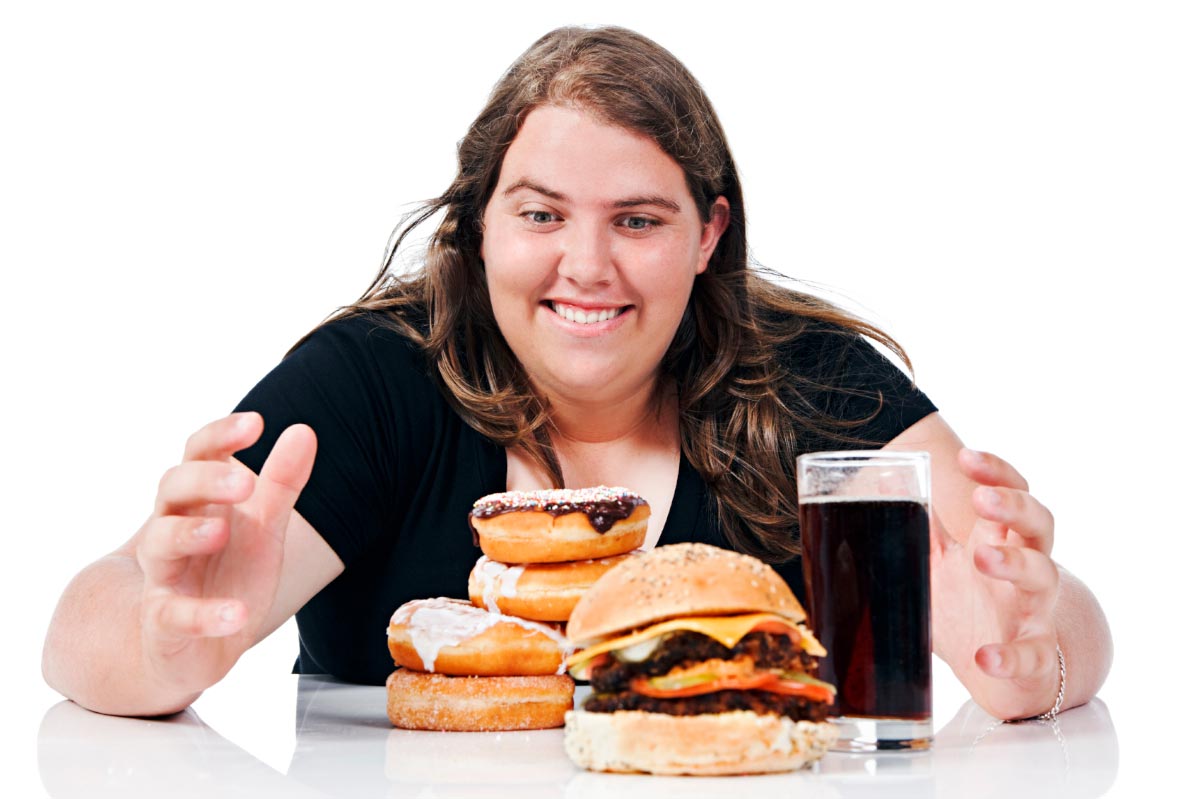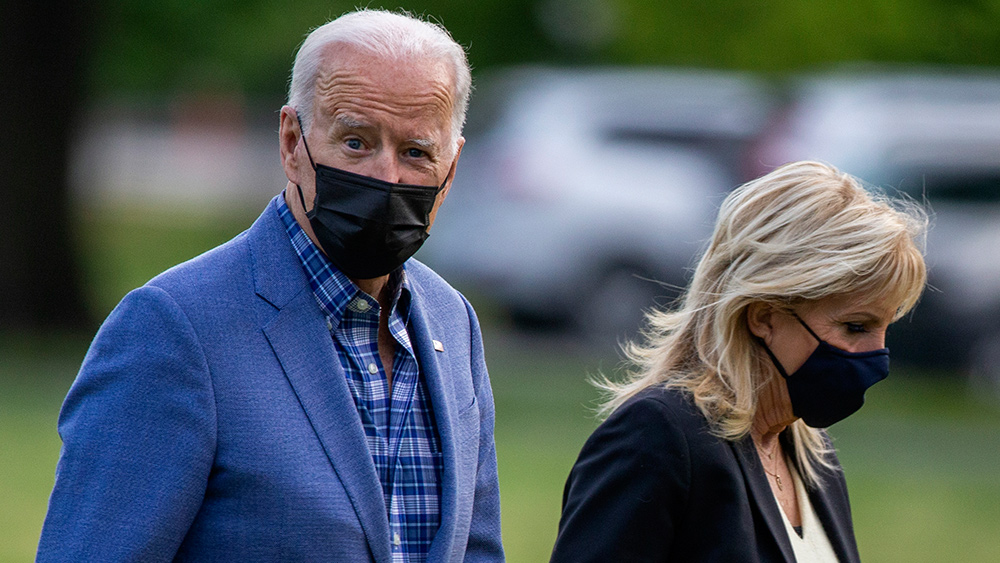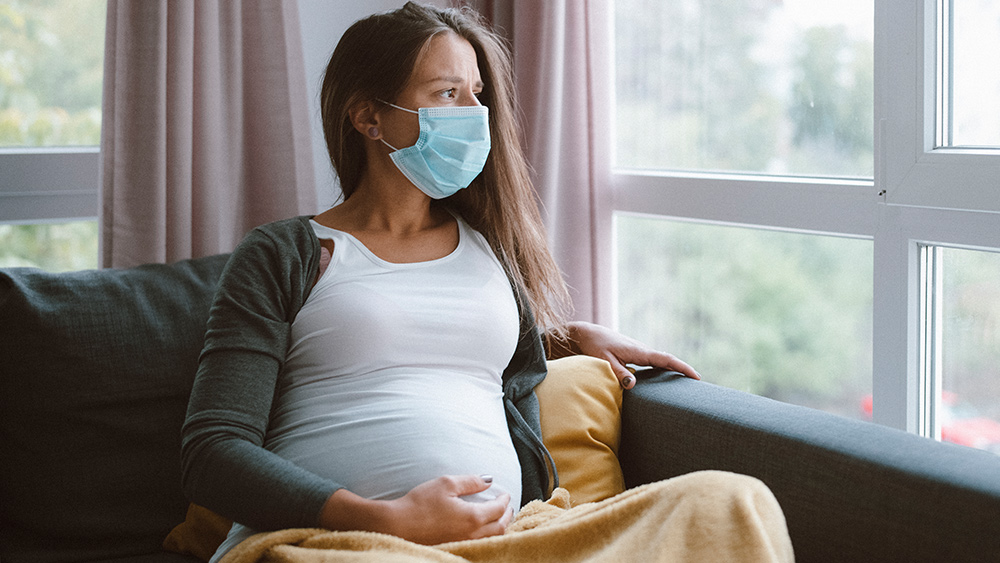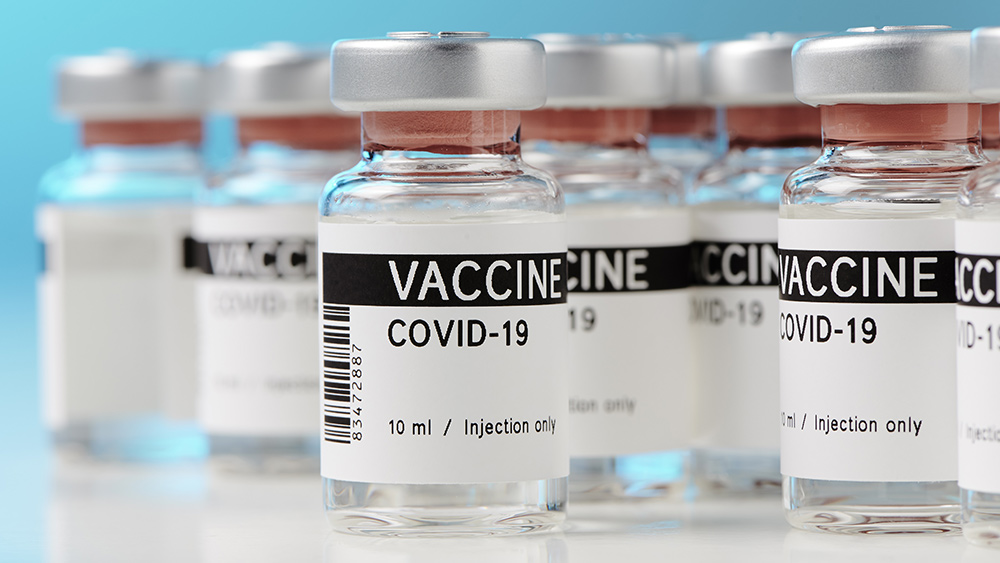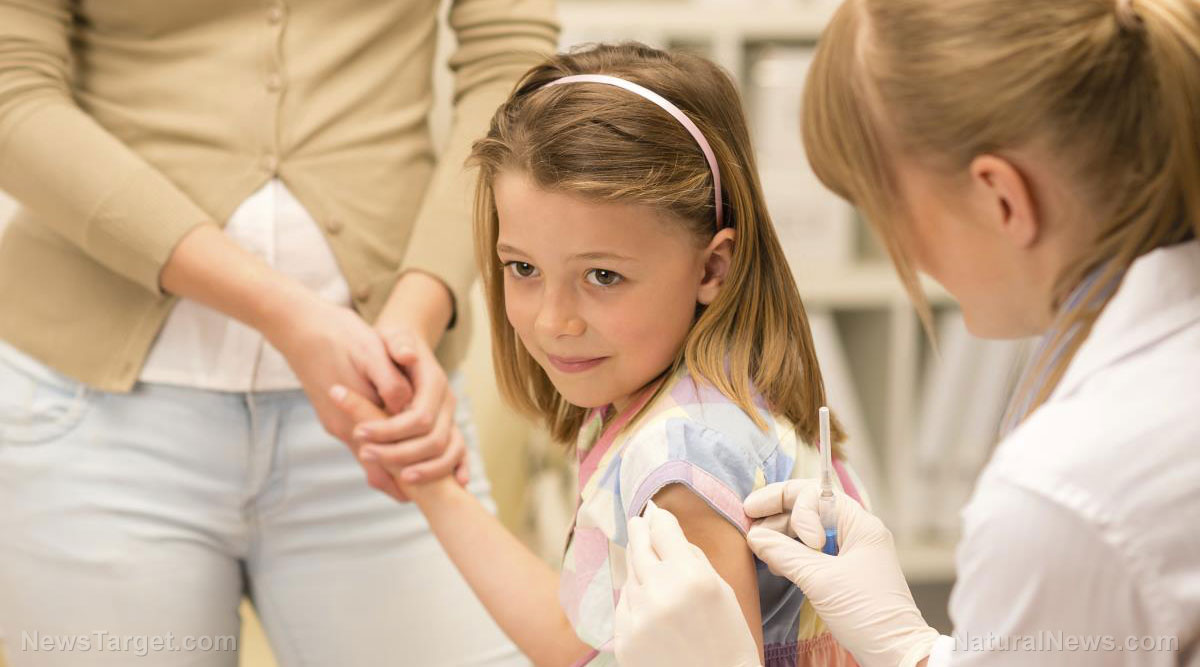Walmart to offer pet telehealth services as US pet industry booms
05/23/2023 / By Arsenio Toledo

In a bid to venture into the world of pet medicine, Walmart announced on Monday, May 22, that it has signed a deal with pet telehealth provider Pawp to offer access to veterinary telehealth services.
Walmart’s deal with Pawp will provide access to the veterinary health startup’s veterinary consultation services via video or text without an appointment for a year to the members of Walmart’s subscription service, Walmart+. (Related: Pet abandonment cases soar all over the world due to inflation, rising cost of living.)
Remote veterinarian visits and consultations are a growing industry, as consumers seek care for their beloved pets while at the same time prefer the convenience of staying at home.
Subscribers to Walmart+, which costs $98 annually or $12.95 a month, will gain access to Pawp’s services for a year starting Tuesday, May 23. Annual membership for Pawp starts at $99.
This comes as Walmart looks into strengthening its loyal consumer base and attracting and holding on to higher-income customers to better compete with Amazon by providing more benefits for its subscription service.
“It’s undeniable that over the past decade, we started thinking and looking at pets as part of the family,” noted Pawp’s CEO Marc Atiey. “[Walmart has] a very strong thesis around the pet category and yes, they want to be a big player in pet care and pet health in general, and Pawp really allows them to leapfrog the competition and do something that none of the other players have done.”
American and global pet industry booming
Walmart’s continued expansion into the world of pet health comes as the U.S. pet market continues its boom. As of writing, the United States’ pet market is estimated to be worth around $128.6 billion.

This represents more than a third of the global pet market, which is currently worth around $320 billion. This is also expected to grow to $200 billion by 2030, with the biggest driver of this growth being the pet healthcare sector and American households that are more than willing to do everything, no matter the cost, to keep their furry family members healthy and happy.
By 2030, the global pet economy is projected to reach nearly half a trillion dollars – some $493 billion – by 2030, up 54 percent from today.
“During the pandemic there was a huge number of pet adoptions and even more important than just the numbers is how people are treating their pets,” noted Ann-Hunter Van Kirk, a senior biopharmaceutical analyst with Bloomberg Intelligence. “Pets are becoming part of the family, people are spending on their pets and spending on their pet’s healthcare.”
Van Kirk noted how, in the past, when an animal had a serious health concern or came down with a life-threatening disease, it would have been normal to simply put the animal down. But now, people are willing to spend what is necessary to keep them alive.
One of these people is Susann Gentile, a Brooklyn public school teacher, who worked all the overtime she could get to pay for the healthcare for her dog, a Havanese named Elvis.
Elvis had a heart condition, and over his lifetime, the expense of caring for him added up to the point that Gentile ended up spending about $8,000 a year on cardiology bills, heart pills and specialty foods.
In an interview with Bloomberg, Gentile said that she wouldn’t have had it any other way. Elvis eventually died when he was nine, but was well cared for until the end.
“I look back on it and say, ‘How the hell did we do it?'” she said. She has since purchased another dog, a Shih Tzu named Nico, who she plans to fit with a tracking chip and be regularly fed with food made exclusively for the breed.
Learn more about supporting the health of pets at PetHealth.news.
Watch this video of expert veterinarian Dr. Marty Goldstein as he discusses the mysteries behind pet cancer.
This video is from the channel The Truth About Cancer on Brighteon.com.
More related stories:
Study: Having a pet dog helps reduce risk of food allergies in children.
Veterinarians: Dogs are getting sick from discarded weed.
Virginia animal rescue saves 400 research beagles and helps them find forever homes.
Sources include:
Submit a correction >>
Tagged Under:
animals, bubble, corporations, economic boom, economic riot, market boom, money supply, Pawp, pet health, pet industry, pet market, Pets, retailers, risk, veterinarians, veterinary care, Walmart
This article may contain statements that reflect the opinion of the author




